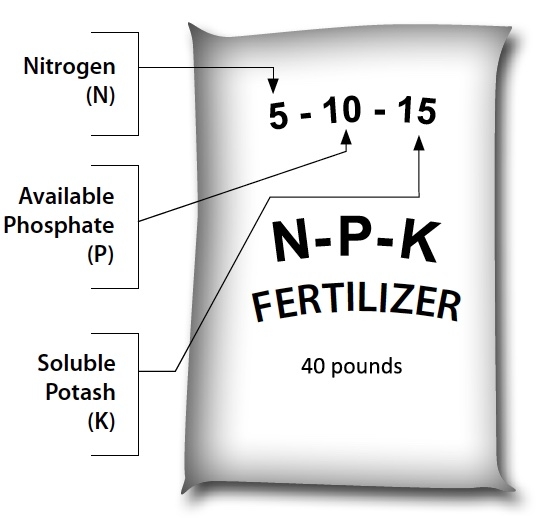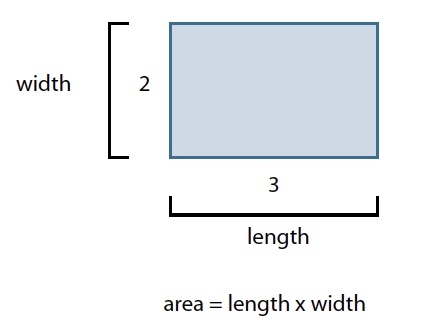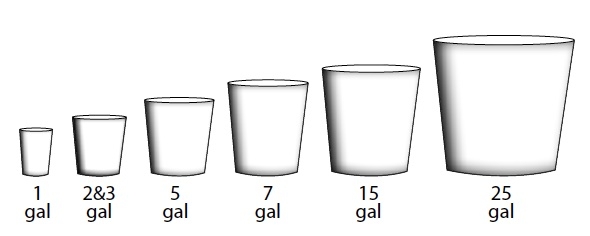Fertilizing Landscape Trees and Shrubs - Basic
ID
SPES-397P
EXPERT REVIEWED
Introduction
Trees and shrubs need nutrients to grow and be healthy. The three most important nutrients are nitrogen (N), phosphorus (P) and potassium (K). A soil test is always the best way to know which nutrients and how much are needed.
Which plants to apply fertilizer to:
- young or newly planted plants.
- stressed plants (from insects, disease, drought, storm or construction damage).
- actively growing plants in the spring (February- April).
How to tell if a plant needs fertilizer - look for:
- pale green or yellow leaf color that is not normal.
- smaller leaves than normal.
- early fall color and leaf drop.
- slow growth.
Which fertilizer to use
Nitrogen (N). All trees and shrubs need nitrogen. Nitrogen dissolves easily in water and can wash through the soil. The first number on a bag of fertilizer (Figure 1) represents the amount of nitrogen in that bag of fertilizer. Plants almost always need nitrogen.
Phosphorus (P) and potassium (K). These nutrients do not dissolve easily. Soils in many areas of Virginia already have enough of these nutrients, so more may not be not needed. Phosphorus is represented by the second number, and potassium by the third number on a bag of fertilizer.

Which fertilizer to use depends on:
- a soil test.
- the type of soil.
- what is available to buy.
- the type and location of the plant.
- the time of the year.
Table 1 shows some of the common tree and shrub fertilizers and how much of each fertilizer to use based on either the area being fertilized in square feet or the size of the plant pot.
| Fertilizer N-P-K | Square feet Pounds: |
Square feet Pounds: |
Square feet Pounds: |
Plant pot size teaspoons (tsp) |
Plant pot size teaspoons (tsp) |
Plant pot size teaspoons (tsp) |
|---|---|---|---|---|---|---|
| 10-10-10 | 1 | 5 | 10 | 2 tbsp | 4 tbsp | 6 tbsp |
| 11-7-7 or 12-4-8 or 12-3-6 or 12-6-6 or 12-2-14 or 13-13-13 or 13-3-13 or 14-14-14 | 3/4 | 3 1/2 | 8 | 2 tsp | 3 tsp | 4 tsp |
| 16-4-8 o 18-6-12 o 20-0-5 o 20-0-10 | 1/2 | 2 3/4 | 5 1/2 | 2 tsp | 1 tsp | 3 tsp |
* The amounts in this chart are based on the amount of granular fertilizer needed to get 1 pound of N per 1000 square feet and are rounded to the nearest ¼ pound or spoon. The amounts for plant pot size are based on average top of pot diameter. Always follow the fertilizer label directions.
How to apply fertilizer
Fertilizer can be spread over a planting area before planting, put it into the planting hole when planting or spread on top of the ground around a plant that is already planted.
Measure the area to be fertilized in feet (length x width = area in square feet, Figure 2) or look at the size of the plant pot (1, 3, 5, 7, 15 or 25 gallon Figure 3).
Select a fertilizer to use taking into account all information.
Determine how much of it is needed based on area or plant pot size. (see Table 1).
Weigh or measure out the amount of fertilizer to use.
Spread the fertilizer evenly over the area or put it in the planting hole.

Do not put fertilizer close to the stem or trunk of the plant.
Do not let fertilizer get on sidewalks, driveways or roads.

For more in depth information use Virginia Cooperative Extension Pub #430-018, pubs.ext.vt.edu/430/430-018/430-018.html.
Virginia Cooperative Extension materials are available for public use, reprint, or citation without further permission, provided the use includes credit to the author and to Virginia Cooperative Extension, Virginia Tech, and Virginia State University.
Virginia Cooperative Extension is a partnership of Virginia Tech, Virginia State University, the U.S. Department of Agriculture (USDA), and local governments, and is an equal opportunity employer. For the full non-discrimination statement, please visit ext.vt.edu/accessibility.
Publication Date
May 12, 2022



